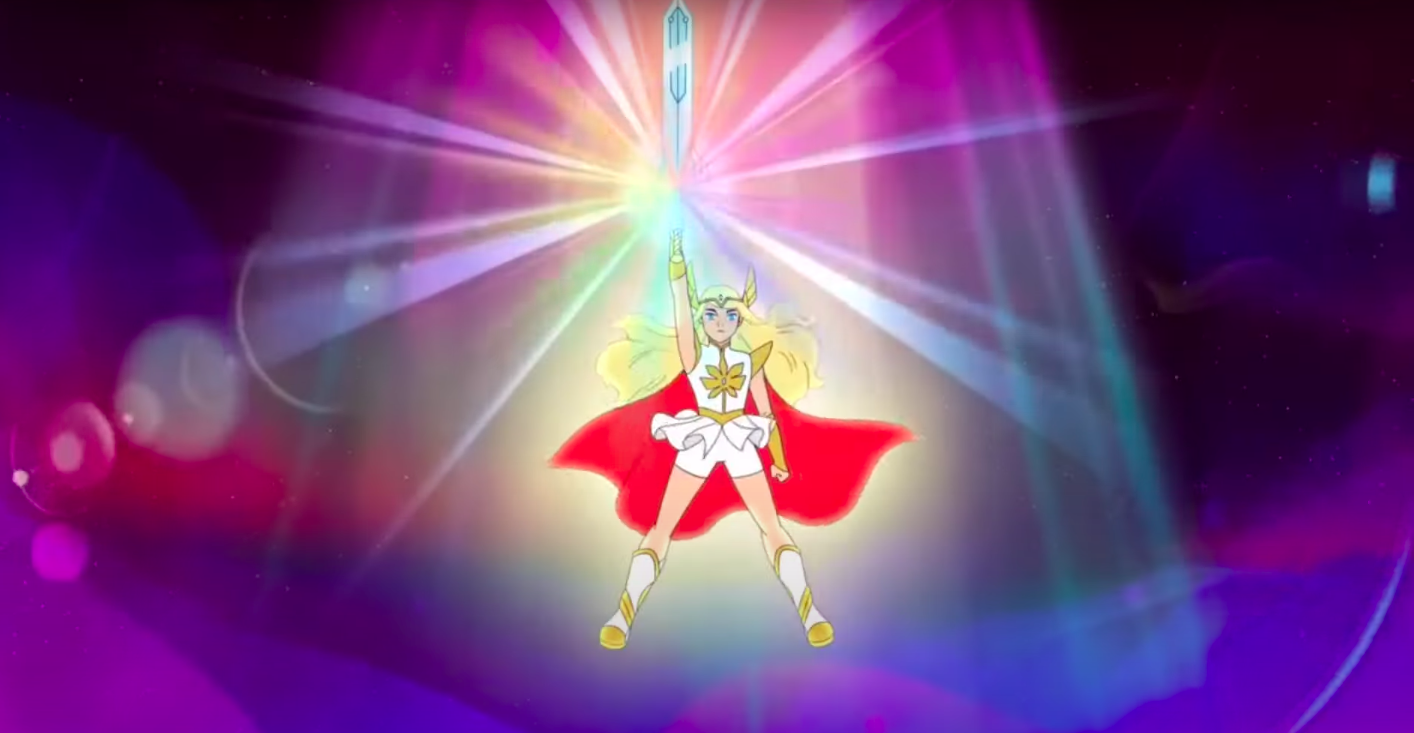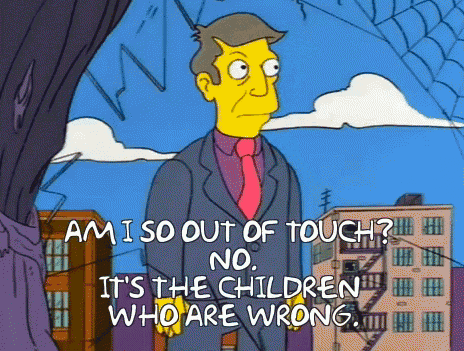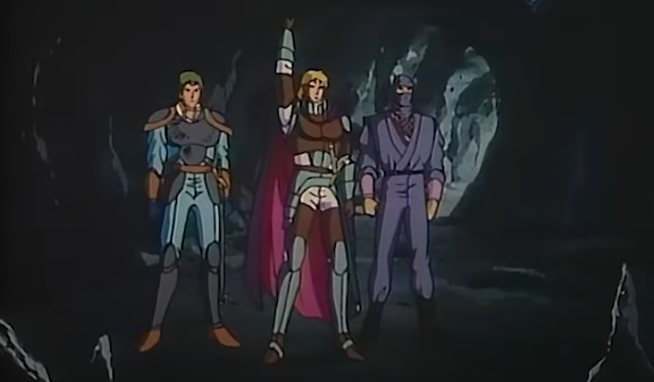Brent: Extreme Beliefs - The Man Who Believed It All, and How He Got Out
This chapter looks at Wallace's early career forays into conspiracy theories including time spent with Alex Jones (pre big time Info Wars) and Gareth Icke (David Icke's son) before looking at how YouTube acted as a conduit to main-streaming fringe views.
He explains that 9/11 truthers, wary of trusting their government, came out with increasingly outlandish claims about what happened that day and why. Inevitably, it leads to the Globalists, Shadowy Elite, Bankers etc... I mean, doesn't it always?
He then talks to Brent, a truther who gave his head a wobble post Sandy Hook, and discusses how he found his way out of the conspiracy mire. It came at much personal cost as many of his connections now think he is in the pay of the devil but what do you do with that?
Terry: It Starts Small - A Man at the Beginning of His Journey
To counter this Wallace meets Terry, a 50 something man from Ipswich who is adding a conspiracy lens to the proposed regeneration of the crumbling city centre.
As always, what it boils down to is the simple fact that the town in different from how it was and he thinks it's part of the plan for the shadowy elite to control us. Maybe Terry and his pals should think about the past couple of decades of chronic underinvestment in infrastructure and services, which is the root cause for a lot of societies ills than some unnamed but stereotypically implied shadowy group.
Section IV: The Other Side of the Screen
Veronika: Local Media and When You Just Don't Know Who's Who
Wallace looks at troll farms and does a deep dive into how they are seeking to undermine the reporting of truth by seeding false stories and politically sensitive articles that are also patently false. The Internet Research Agency is a shit posting agency that looks to sow distrust within society and so erode our social fabric. That's why we get emails trying to blackmail us about our 'salacious' we searches and you get strange Spanglishy sentences like 'what a load of cheeky nonsense' after a serious email.
Natascha and the Troll Factory: The Troll Factory: The Race to Amplify Lies and Silence the Truth
The 1997 book Foundations of Geopolitics outlined a Russian plan to bring disorder to American politics by encouraging isolationist policies and broadening secretarian and racist ideologies to create a schism. Over the last few years with MAGA and Brexit I'd say it's a huge that.
The Goebels 60/40 method is discussed where 60 is truth and 40 percent lies with an occasional whopper thrown in-all create disyltrusf of public agencies.
He then talks to a journalist, Jessica Arrow, who investigated the IRA troll factory and is now fearing for her life.
Section V: It Will All Get Much Worse
Lonely Boys: The Dangers of Isolation, Rejection and Sexy Robots
Wallace looks at Nastia, a Russian lovebot, who aims to manipulate lonely men with her patter and create the conditions perfect for right wing incels to thrive. When Covid hit, isolation and loneliness increased as people went online and got caught up in conspiracy groups online. This especially affected single middle-aged men as they didn't have anyone to call out their bullshit theories and redirect them in their thinking.
The Grown Ups: What Are We Doing to Protect Our People?
The British civil service get a bit of a bad rap amongst many in the media circuit but generally, they are experts or people well attuned to their area of expertise. The Cabinet Office of The Rapid Response Unit for Identifying False Narratives (or fake news in common parlance) tracks the false narratives, the responses and then suggests an appropriate response. It is doing this work constantly and so, in the UK, we have a keep calm and carry on situation with this operating in the background. Does it deal with everything? No. But the approach of amplifying truth with its soft power seems to be the approach taken.
Okay. So How Screwed Are We?: Hope in the Never Ending Unease
There is a concern that there will not be many democracies left within 5 years as social media, news channels with experts and some random person with opinions but no knowledge are the main drivers. We are polarised as a society because everyone wants to find a tribe.
There are a few suggestions to help stem the lies including regulation, crowd sourcing notes and education. Wallace discusses how there are plans underway to prepare the youth of today to counter such nonsense and be more discerning with the online world but, as with climate change, we need to be doing things now so we can't wash our hands of it. Similar to Haidt, Wallace says regulation is key and will set the standard for what happens in the future.
The Old Chinese Man: And the Great, What If...?
Wallace goes back to the Old Chinese Man story from before and, knowing all he knows, starts to get to the truth. I thoroughly enjoyed the book as Wallace follows clue, thread and hunch to their logical conclusion and ends up at a denouement we knew it would end up - it was all nonsense and he saw and sought patterns where there are none. Humans are always seeking patterns.
This audiobook feels like a companion piece to Jon Ronson's podcast Things Fell Apart, where ordinary folk have been affected by lies and nonsense and there are real world consequences, and The Anxious Generation by Jonathan Haidt where he talks about the negative impact of social media and big tech.
I particularly liked his examination of how easy it is to fall down the rabbit hole as it nearly happened to me. In my teens years, I struggled with the same pressure as everyone else but also the code switching of my British-Islamic life. I used to visit a youth centre in town and got talking to a charasmatic worker there. After several drop-ins he mentioned I that I should check out David Icke and I did. And the Truth Shall Set You Free seemed to answer a lot of questions but blew my mind in terms of social norms and history. I fell for it for a few weeks until a friend on my Anthropology course questioned the logic and made me think it though. I came out of the other end relatively unscathed but armed with the knowledge that falling for nonsense is easily done, moreso if you have destabilising anchors and lack deep interpersonal relationships.
Reading the reviews for this book on Amazon, which range from 5 to 1 star with very little in the middle, you can see how split the opinions are from those who think Wallace is shining a light on a real issue from those who think he is part of the elite playing us. Wherever you stand on this, this book is essential as over the 5 sections it covers pretty much all you need to know about how conspiracy theories started, grew and are now part of the geopolitical and social landscape. Interesting times indeed!
LINK- Pure Invention: How Japan's Pop Culture Conquered the World- Book Review (and Personal Reflections)
LINK- The Rise of Retro Gaming During Covid
LINK: Japan: My Journey to the East
LINK- Blood, Sweat and Pixels- Book Review
LINK- Utopia for Realists- Book Review
LINK- On And On And Colston ( Or, How We Kinda Sort of Learned to Talk About the Legacy of Colonialism and the British Empire)
LINK- ‘Natives: Race and Class in the Ruins of Empire’ LINK: Elden Ring- Videogames As Art

















